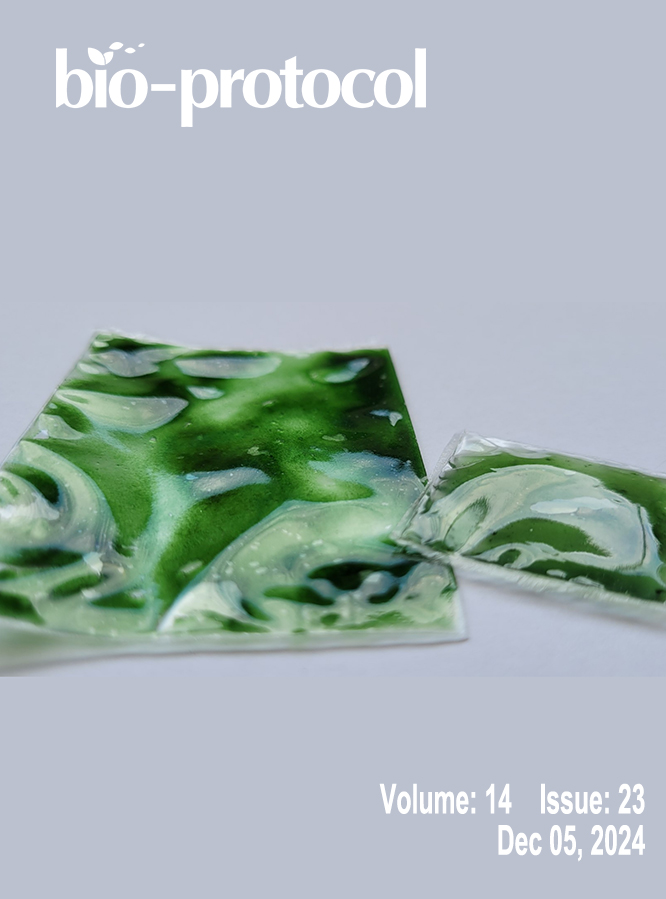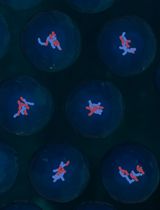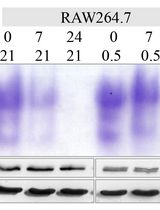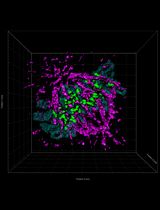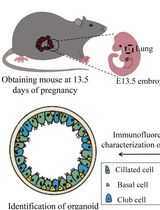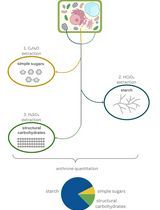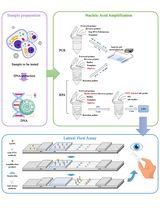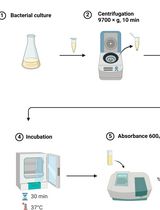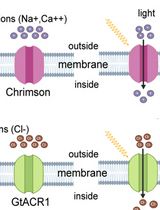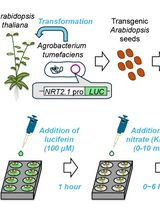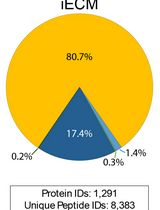往期刊物2024
卷册: 14, 期号: 23
生物工程
A High-Throughput Droplet-based Method to Facilitate Microbial Conjugation
基于微滴的高通量方法促进微生物接合
细胞生物学
In-Gel Activity Assay of Mammalian Mitochondrial and Cytosolic Aconitases, Surrogate Markers of Compartment-Specific Oxidative Stress and Iron Status
哺乳动物线粒体和胞质顺乌头酸酶的凝胶内活性测定——分区特异性氧化应激与铁状态的替代标志物
Quantitative Analysis of Kinetochore Protein Levels and Inter-Kinetochore Distances in Mammalian Cells During Mitosis
哺乳动物细胞有丝分裂中着丝点蛋白水平和着丝点间距的定量分析
发育生物学
Culture and Characterization of Differentiated Airway Organoids from Fetal Mouse Lung Proximal Progenitors
来源于胎鼠肺近端前体细胞的分化气道类器官的培养与表征
微生物学
A Simple, Rapid, and Cost-Effective Method for Assessing Carbohydrate Partitioning in Microalgae and Arabidopsis thaliana
一种简便、快速且经济的方法评估微藻和拟南芥的碳水化合物分配
Development of a Rapid Epstein–Barr Virus Detection System Based on Recombinase Polymerase Amplification and a Lateral Flow Assay
基于重组酶聚合酶扩增和侧向流动检测的快速EB病毒检测系统开发
Shipment of Cyanobacteria by Agarose Gel Embedding (SCAGE)—A Novel Method for Simple and Robust Delivery of Cyanobacteria
藻胶嵌入蓝藻运输(SCAGE)——一种简单可靠的蓝藻递送新方法
Rapid Method for Estimating Polyhydroxybutyrate Accumulation in Bacteria Using Sodium Hypochlorite
利用次氯酸钠快速估算细菌聚羟基丁酸的积累
神经科学
Application of a Dual Optogenetic Silencing-Activation Protocol to Map Motor Neurons Driving Rolling Escape Behavior in Drosophila Larvae
双光遗传学抑制-激活技术在果蝇幼虫滚动逃逸行为驱动运动神经元映射中的应用
植物科学
A Microplate-Based Expression Monitoring System for Arabidopsis NITRATE TRANSPORTER2.1 Using the Luciferase Reporter
基于微孔板的拟南芥硝酸盐转运蛋白2.1表达监测系统——利用荧光素酶报告基因
系统生物学
Compartment-Resolved Proteomics with Deep Extracellular Matrix Coverage
深度覆盖细胞外基质的分区蛋白质组学研究


